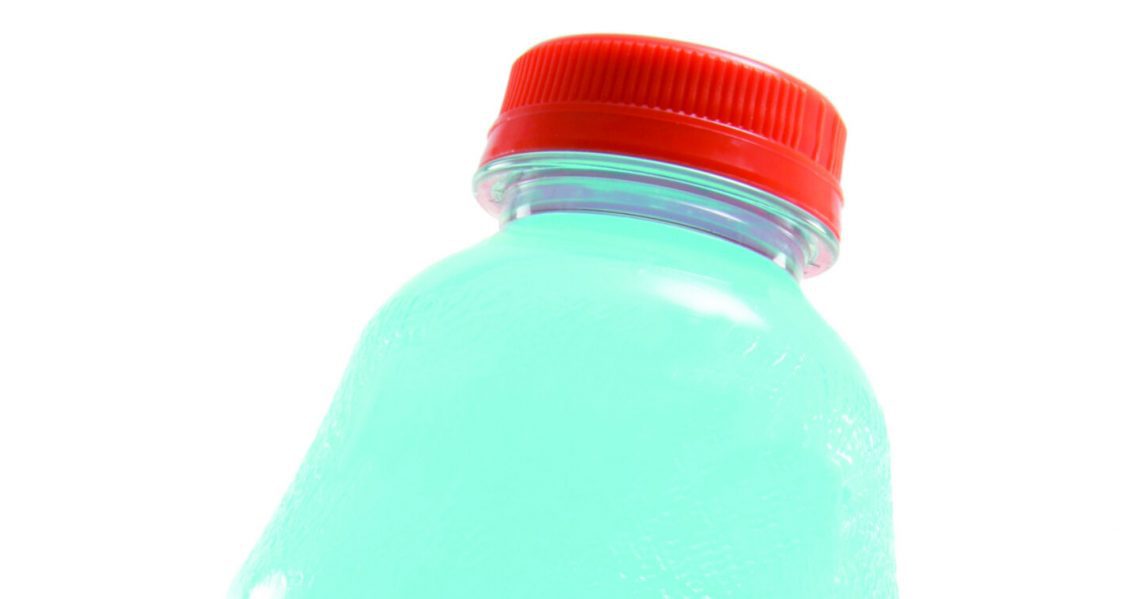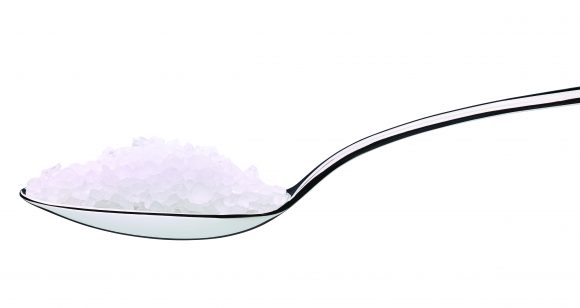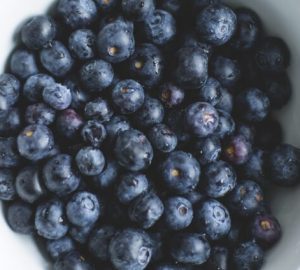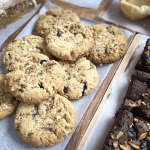
Don’t sweat it
During intense exercise or exercise in hot conditions, the body produces sweat in an effort to counter the build up of heat produced by the working muscles. As the sweat is evaporated it draws heat away from the skin, assisting the body in its efforts to maintain its core temperature and function at its optimum. Sweat is made up of water and electrolytes, and large quantities of both can be lost during exercise. If what is lost through sweating is not replaced, then imbalances in the body’s water and electrolyte levels can lead to decrements in an individual’s physical performance. In extreme cases these losses, if not replaced, can lead to health problems, through dehydration and a serious condition called hyponatremia.
Electrolytes are essential salts and minerals found within the body. There are four key electrolytes: sodium, chloride, potassium and magnesium, of which sodium is the most important. These electrolytes play a critical role in hydration and fluid balance within the body, as well as assisting with neural transmission. When consumed during exercise, electrolytes also help to stimulate thirst, assisting in the prevention of dehydration, and can also help with the absorption of sugars and water in the intestine. There is also some limited evidence that heavy losses of electrolytes, particularly from extended exercise in the heat, can also lead to debilitating muscle cramps, so replacing electrolytes during exercise could also help to prevent cramp.
For exercise over extended periods of time in the heat, where sweat rates are high, consuming water alone in high volumes (typically in volumes greater than that lost) leaves the body at risk of developing a serious condition called exercise-associated hyponatremia. This can be fatal and has been associated with a number of deaths in marathon running events. Ensuring that drinking rates don’t exceed those at which water is lost, and including electrolytes with fluids consumed, can help to prevent its development.
During exercise, there is large variability in individuals’ sweat rates and electrolyte losses. The amount of electrolytes lost in sweat is largely dependent on the total volume of sweat lost and the concentration of electrolytes within the sweat. The amount of sodium lost through perspiration is affected by a number of factors, including how much is consumed in the diet, genetic predispositions and how well the athlete is acclimatised to the heat. Individuals well acclimatised lose significantly fewer electrolytes through sweating in comparison to those who are not. There are sweat tests available that can determine an individual’s precise electrolyte losses, which allow athletes to calculate precise electrolyte needs for exercise. For those without access to this, consuming a drink formulated with moderate amounts as outlined below will go a long way towards addressing their hydration needs:
- Sodium: 400-1,100mg/l
- Chloride: 500-1,500mg/l
- Magnesium: 10-100mg/l
- Potassium: 120-225mg/l
We consume electrolytes in many normal food sources. Sodium, for example, is found in high levels in many processed meats, cheeses and salted snacks like pretzels. In fact, the World Health Organisation worries about the population generally getting too much sodium. In the sedentary population a high consumption of sodium is associated with heart disease and various health issues, so excessive consumption is not recommended. For the athletic population, completing intense physical exercise during competition and training, where there are high sweat rates, the consumption of electrolytes both during and immediately after exercise comes with relatively low risk.

If exercising sufficiently hard or for long enough to create significant sweat losses to warrant replacing electrolytes then there is also a sufficient need to replace carbohydrate. The most effective way to do this is through a formulated carbohydrate electrolyte drink as electrolyte tablets only really address part of the ‘performance equation’. A fully hydrated athlete with depleted carbohydrate stores is a very slow athlete.
For open water swimmers typically swimming in cold water conditions, where the body is unlikely to have excess heat to dissipate, then the consumption of electrolytes is unnecessary as sweat rates, and therefore electrolyte losses, are likely to be minimal. Here the athlete can simply focus on fuelling through the use of formulated bars, gels or normal food sources – ideally those with high carbohydrate content and low fat, fibre and protein contents.
When swimming in warm or hot conditions, either in a heated pool or in warm open water where sweat losses can be significant and individuals are exercising for extended periods of time, particularly upwards of two to four hours, then the consumption of sufficient water and electrolytes is essential to prevent the negative effects on performance from dehydration and prevent the potential for exercise-associated hyponatremia. Losing more than two per cent of total body weight through dehydration will have a negative effect on performance, so drinking enough to prevent this is recommended. Again, the need for carbohydrate consumption cannot be ignored, because swimming for extended periods will also deplete a person’s carbohydrate stores. Consuming a carbohydrate/electrolyte drink will cover both hydration and fuelling needs.
Clothing can also have an effect on sweat rates. Becoming too hot will increase sweat rates and therefore electrolyte loss. So it is important to ensure appropriate amounts of insulation for the conditions to allow the body to maintain a thermal balance with the environment.
Swimming in salt water can often lead to the consumption of seawater, which is effectively an electrolyte drink. Seawater has roughly 30 times the amount of sodium a sports drink has, so is best avoided. Small volumes are unlikely to have any negative effects, but if large volumes are consumed then drinking plain water should help prevent any negative consequences.
Finally, formulating and practising a hydration strategy prior to an event is recommended. How much to drink for a given condition can be calculated through weighing yourself before and after a session, taking into account any fluids to calculate fluid loss. Alternatively, indicators such as urine colour and the sensation of thirst can be used. Some recent research suggests that ‘drinking to thirst’ is a very good way of addressing hydration as the thirst reflex is much better than was previously thought, so listening to your body while understanding the principles behind hydration is an excellent combination.






